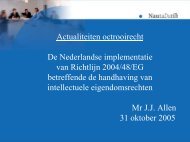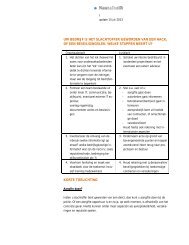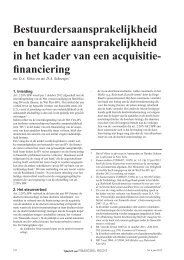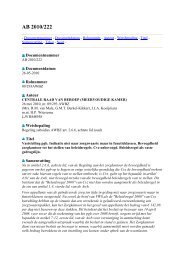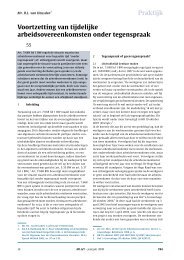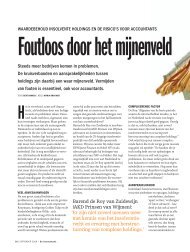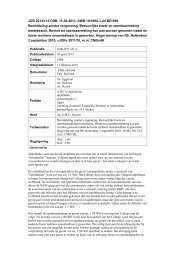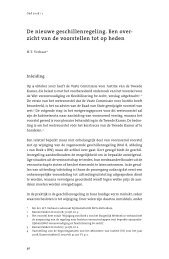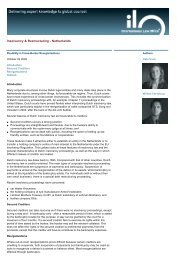Life Sciences Outlook 2012 Dutch biotech companies ... - NautaDutilh
Life Sciences Outlook 2012 Dutch biotech companies ... - NautaDutilh
Life Sciences Outlook 2012 Dutch biotech companies ... - NautaDutilh
You also want an ePaper? Increase the reach of your titles
YUMPU automatically turns print PDFs into web optimized ePapers that Google loves.
In each case, a decision will have to be taken as to what constitutes the best exit procedure for investors<br />
at the relevant time. This will be determined by, among other things, the company’s ‘hotness’ and the field<br />
of potential buyers, the need to realize the exit within a particular period, and the extent to which an IPO<br />
would be a realistic option, for instance if a dual-track scenario is pursued.<br />
It goes without saying that creating some competitive pressure usually enhances the seller’s bargaining<br />
position, even if a clear preferred buyer has been identified (e.g. the strategic partner in an alliance or<br />
equity investment). As we have seen in Chapter 3, when entering into such an alliance or investment a<br />
<strong>biotech</strong> company should be careful to avoid giving so many rights to the strategic partner as to result in an<br />
outsourcing of the decision on the exit procedure and the company’s destiny. Of course the company may<br />
deliberately choose to do this in a particular situation and for the right price.<br />
The form of the trade sale will ultimately depend on the company’s assets. A company with only a single<br />
product will obviously be acquired in its entirety by a sale of 100% of the shares. However, if a company<br />
has a broader portfolio, the relevant product may be separated into a new company, through a legal<br />
demerger or asset sale. The shares in the new company are then sold to complete the transaction. Partially<br />
for fiscal reasons, this is another regularly used transaction structure.<br />
The end of the line for management<br />
While management may be retained for a while after<br />
a takeover to ensure a smooth transition or to deal<br />
with regulators in finishing an approval process, a<br />
takeover usually brings a swift end to management’s<br />
involvement with their former enterprise. If they are<br />
not laid off in order to cut costs, they usually leave of<br />
their own volition as they find it difficult to cope with<br />
the culture, hierarchy and decision-making process<br />
typical of big corporations. Financial considerations<br />
Figure 6. Do you consider an IPO to be a realistic option for<br />
<strong>Dutch</strong> <strong>biotech</strong> <strong>companies</strong> in <strong>2012</strong>?<br />
Yes<br />
No<br />
Don’t know<br />
10<br />
15<br />
aside, they can easily afford to leave. “Management<br />
that have completed a successful takeover don’t<br />
have to worry about their future careers. Their skills<br />
and experience are in such high demand that, if they<br />
want, they can start the very next day at another<br />
<strong>biotech</strong> company.”<br />
“An IPO? Can’t get it done!”<br />
The IPO scores remarkably low as a preferred exit<br />
route for <strong>biotech</strong>s (see Figure 6). This is despite<br />
75<br />
0% 10% 20% 30% 40% 50% 60% 70% 80%<br />
<strong>Life</strong> <strong>Sciences</strong> <strong>Outlook</strong> <strong>2012</strong> <strong>Dutch</strong> <strong>biotech</strong> <strong>companies</strong>: from start-up to exit<br />
Percentage of respondents<br />
35



